Experiment to Experience
- Annamae Muldowney

- Sep 28, 2021
- 3 min read
Updated: Jan 14, 2022
Earlier this year I used Grasshopper definitions, in combination with Rhino, to create acoustic simulations that looked at how the shape of a space influenced the acoustic response by altering the way the sound reflects.


This kind of acoustic simulation could be a very useful tool to the architectural design process, opening up the process to more multisensory aspects. However these tools are either very expensive or difficult to work with, as was the case of the grasshopper scripts I used. To make this more accessible to architects this tool would need to become low cost and user friendly, such as a Revit plugin.
However before something can be taken as a rule of thumb it must be proven to work. Thus for the next stage of my research I intend to build a 1.1 model that tests how shape influences the acoustics of a space.
I have looked at pavilion design when thinking about how this could be realised.

I looked at Geçit (pn:gitch-jit) which was built by students during a five-day wood design and construction workshop. It showed me how a structure that could change form could be built quickly by inexperienced students.
I also looked at Peter Zumthor's Swiss Pavillion , the 'Sound Box'. The Box uses moments of perceived silence or areas of acoustic usefulness to engage the user or allow them to relax and pause. The box is a feast for the senses, using phenomenology through a "manipulation of space, material, and light and shadow to

create a memorable encounter through an impact on the human senses". I found this approach interesting as it is this experience making within space that aids in the creation of multisensory wayfinding. Which is my main reason for exploring the acoustic world.
"When visiting a work, what most strikes the visitor is not the exact fulfillment of the work with the function for which it was created, but the feelings it transmits through light, sound, smells, etc. These are the factors that make a person remember with special fixing a place or space." (https://en.wikiarquitectura.com/building/swiss-sound-pavilion/)
This remembering is especially important for people with sensory access needs such as people with visual impairments as the sensory experience becomes a reference point for wayfinding.
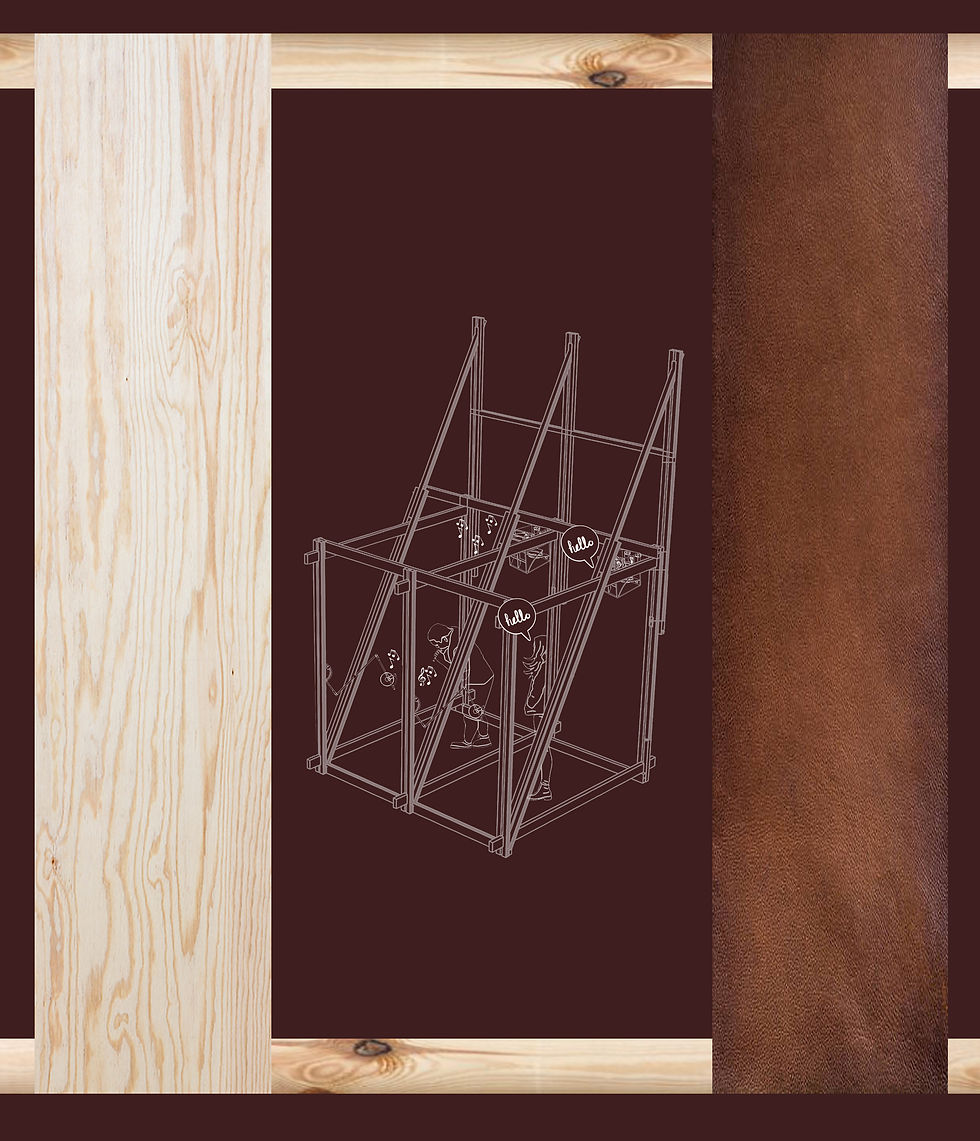

I began to think about how this pavilion could work for my purpose. A pavilion that could shape shift and also record and play back sound. I currently have ideas about how this could be done with timber framing, sound proof fabric and a simple set up of a microphone and a speaker.
Using the most significant shape changes from my experiments I have began to build small models to try figure out how the space could alter easily.
Model Testing
(a) How a collapsing roof would be made to show the impact of increased/decreased height
(b) How an expanding side can be made to show how increased width impacts reflection time.
(c) How doors could be opened and closed within a cube to open up the space to a different shape or area size.
Reflection Cube Concept

This structure would also through it's existence allow people to experience the difference in real life, and through a digital display see how it works.

I do however realise this pavilion would too ambitious given the timeframe allowed so I plan to build a cube that tests how one aspect of change would work. I was considering that this could be the diffusion panels as these made a very distinct change.















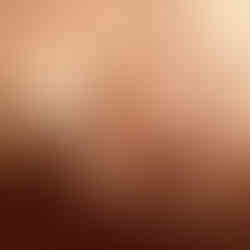











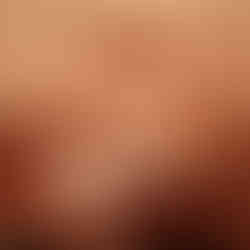



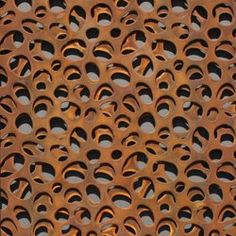


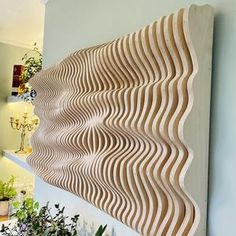
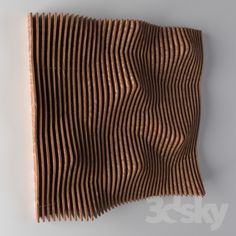
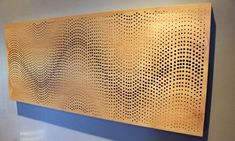

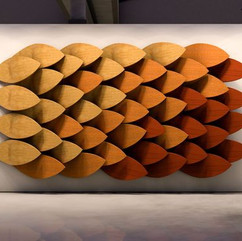
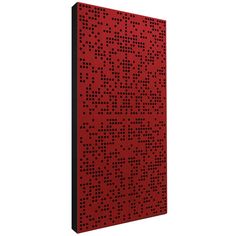



Comments